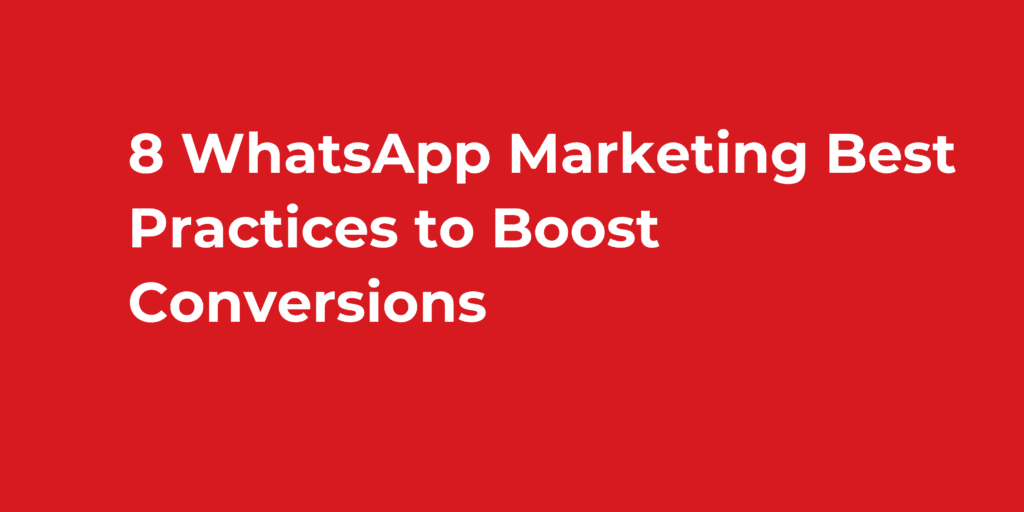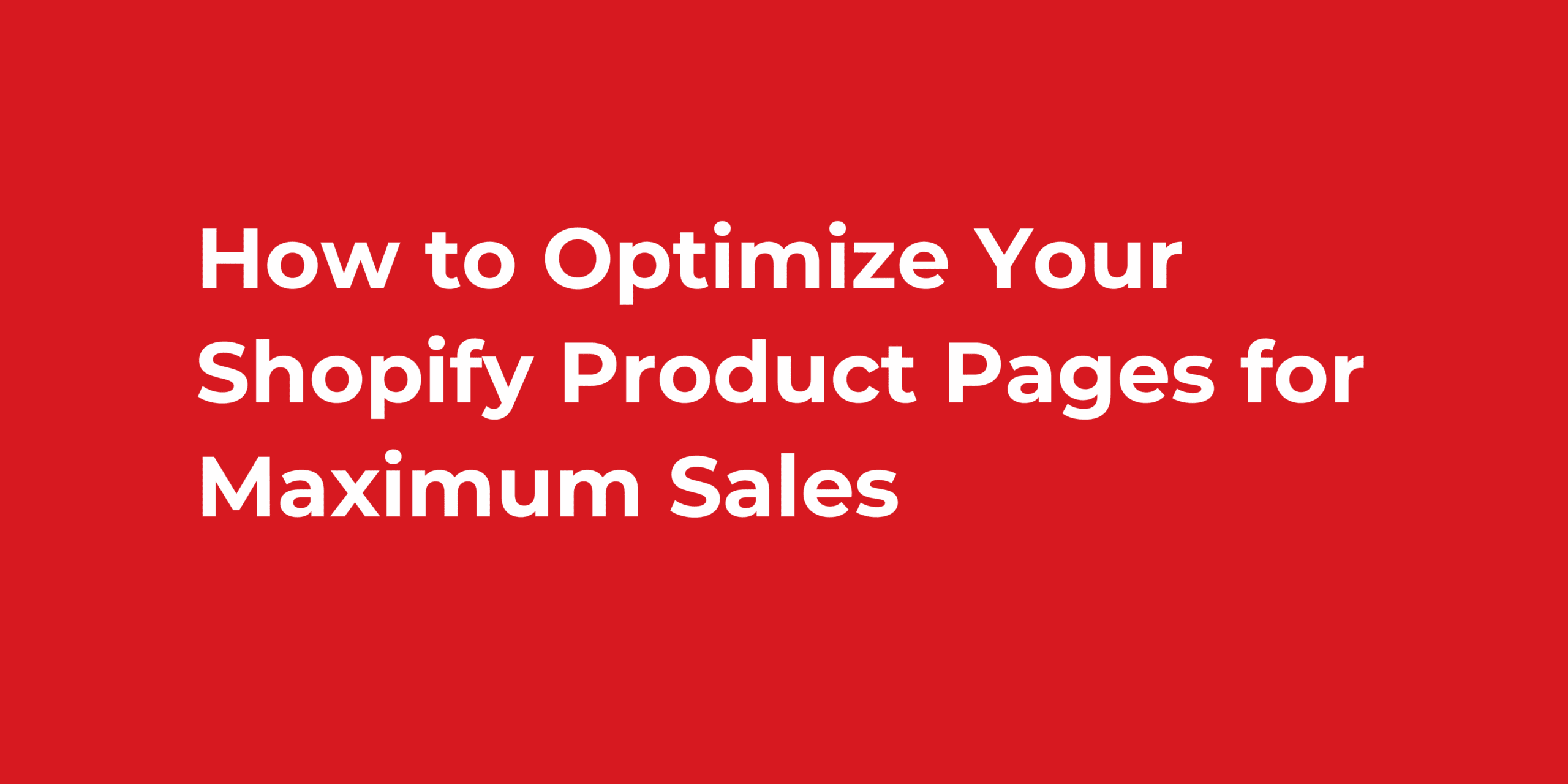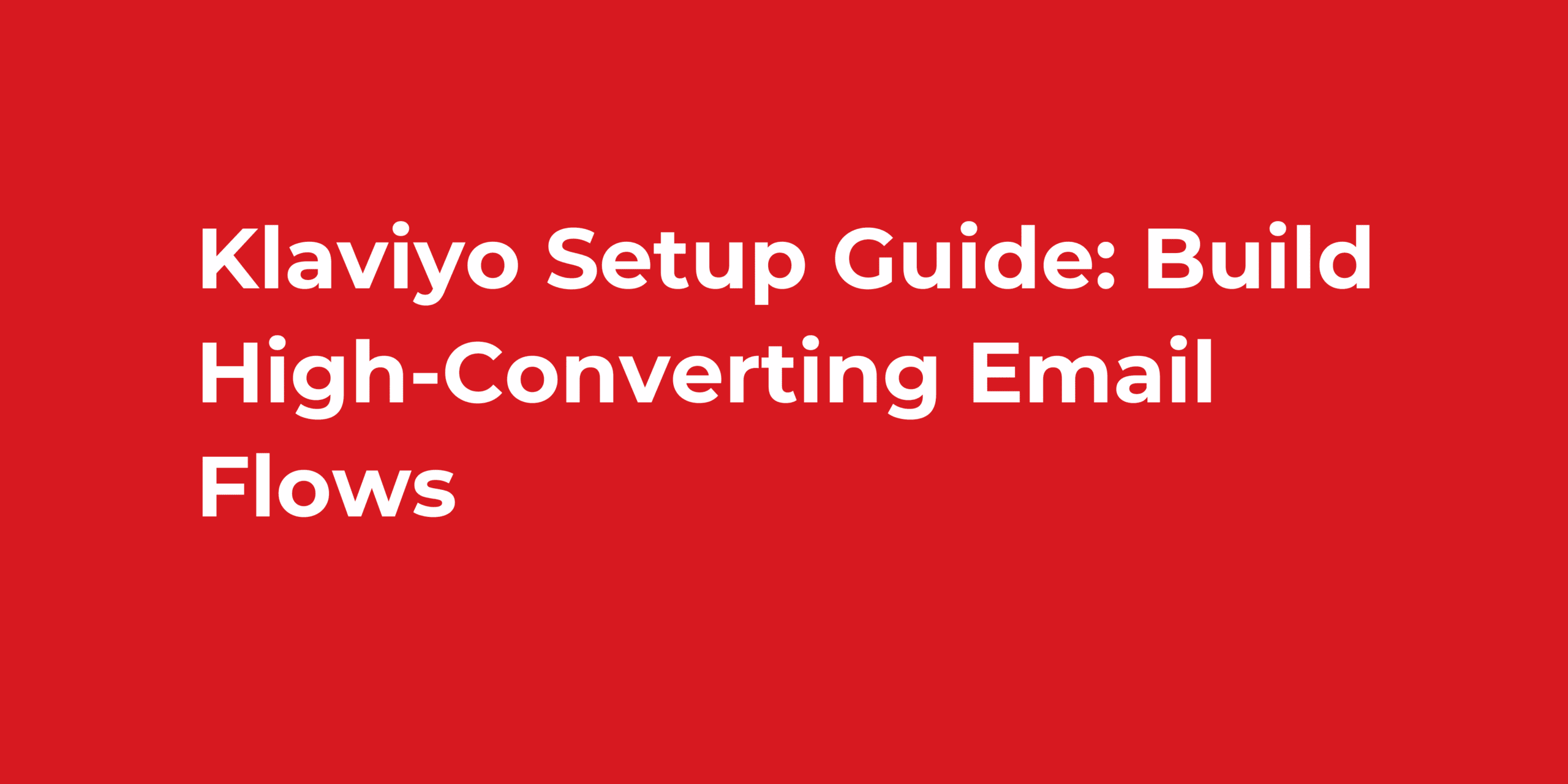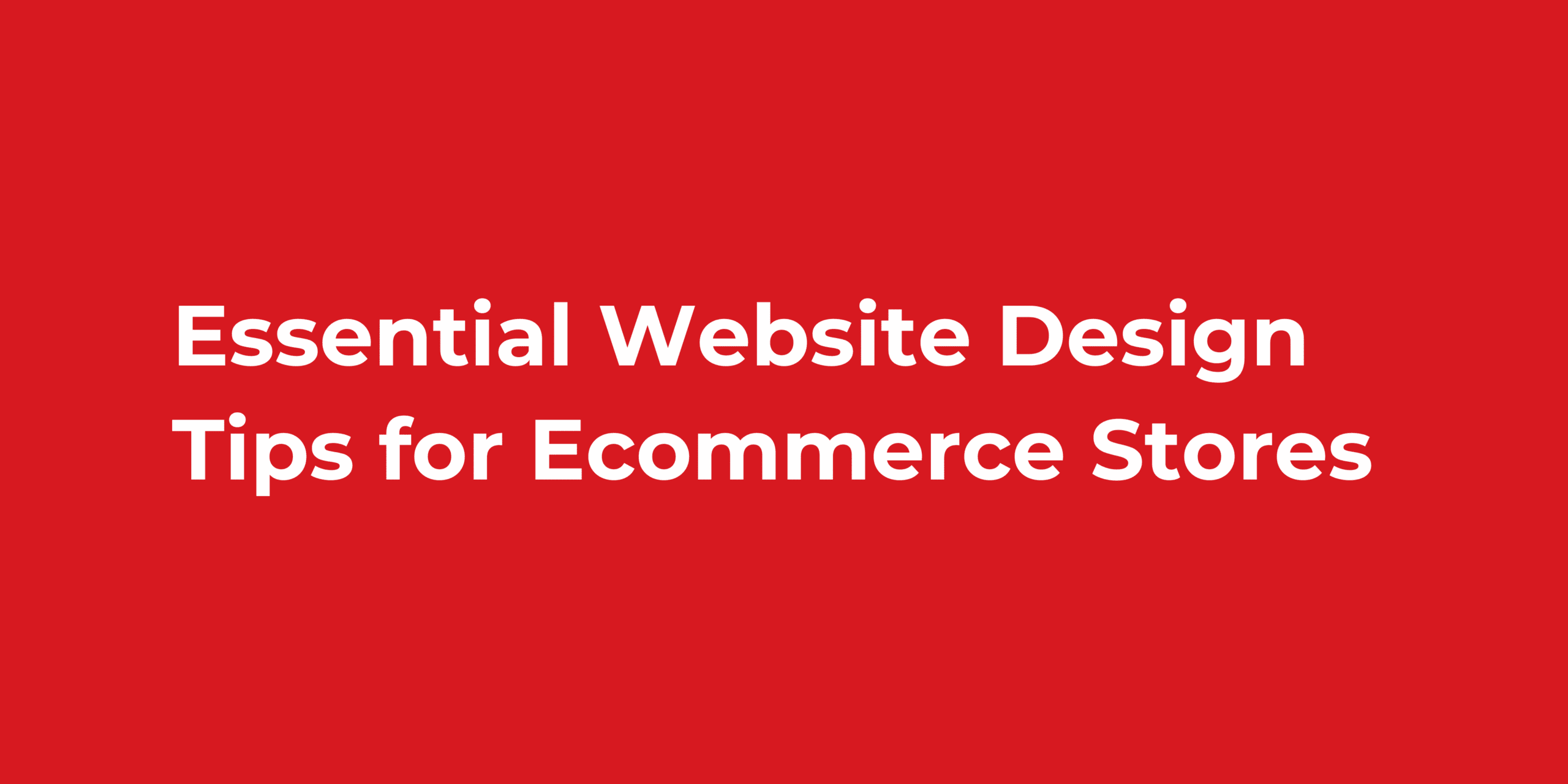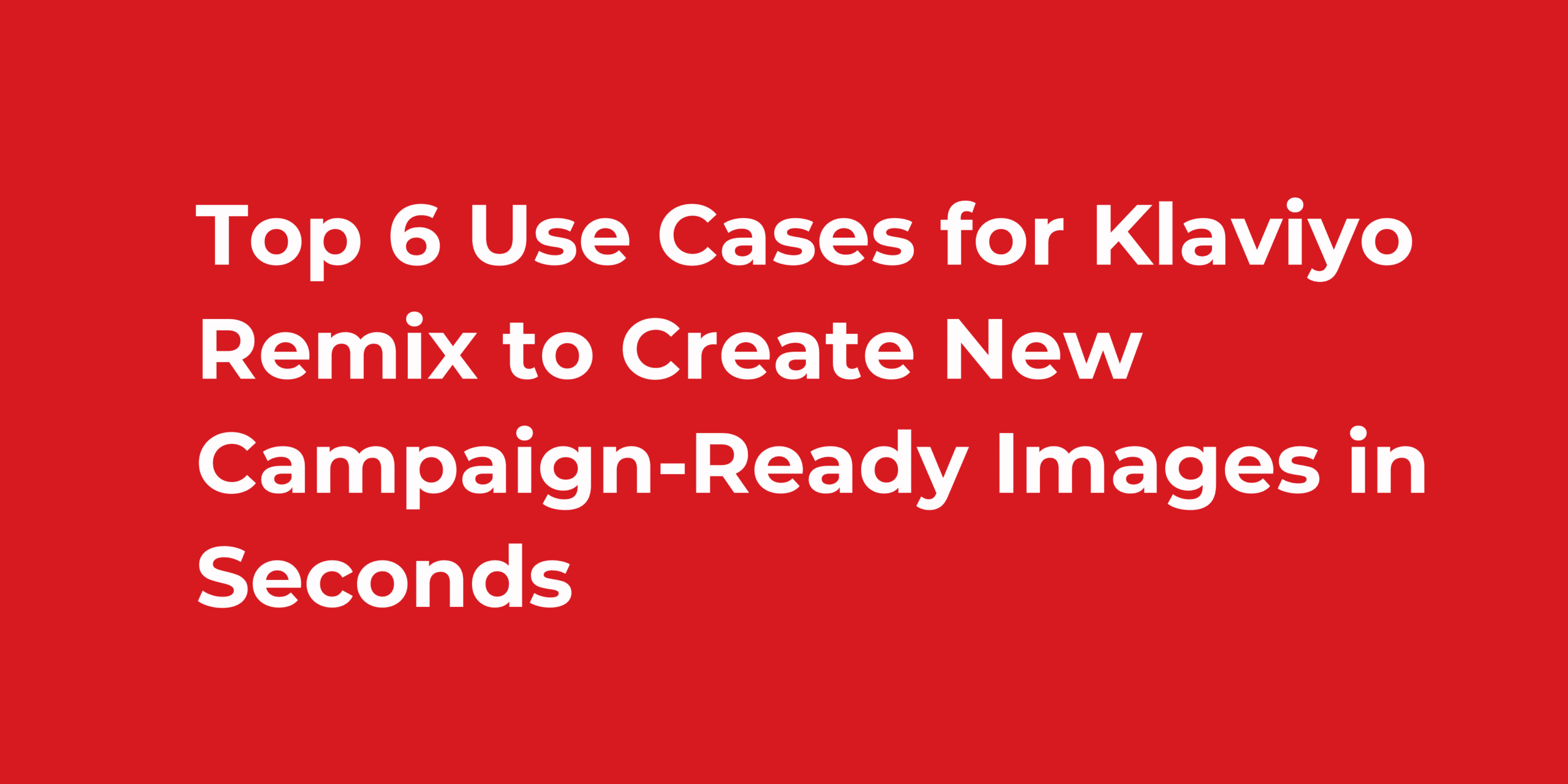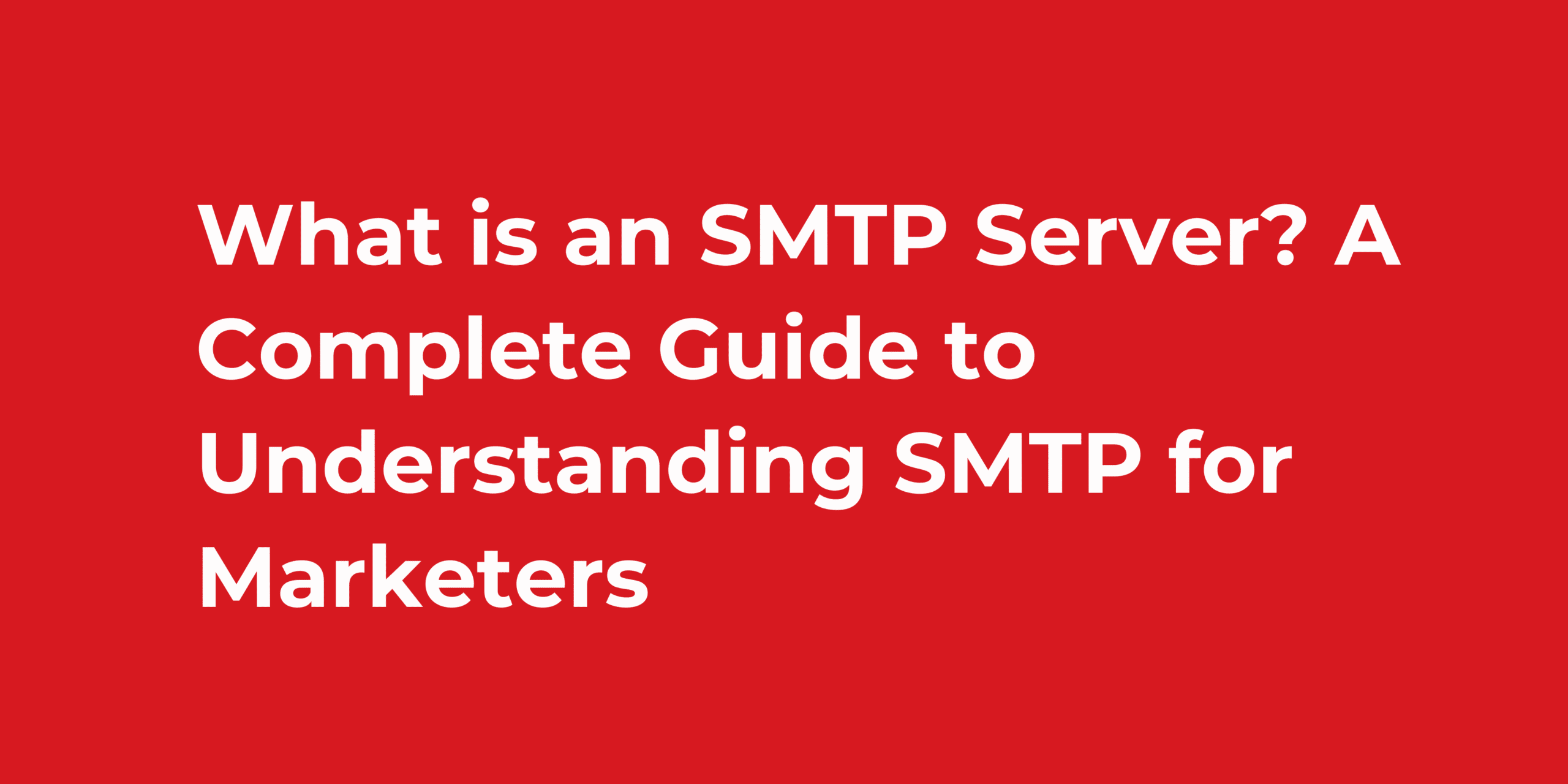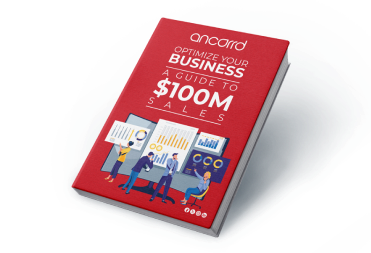Think your customers don’t want to hear from you on WhatsApp? Think again.
Your customers are already spending hours on WhatsApp every month. Ignore it, and you’re leaving conversions and revenue on the table. But to make WhatsApp marketing best practices work for your brand, you need more than just another messaging channel—you need a conversion-focused strategy.
Why WhatsApp Marketing Matters for Conversion Optimization
WhatsApp has over 2 billion active users worldwide, making it one of the most popular messaging platforms globally. According to Meta for Business, 78% of customers prefer messaging businesses directly, and WhatsApp messages have an impressive 98% open rate compared to email’s 20%.
For conversion-focused brands, these statistics translate to one thing: opportunity. WhatsApp marketing best practices help you meet customers where they already spend time, with immediacy and interactivity that drives action.
1. Build Your WhatsApp Marketing Foundations First
Before implementing WhatsApp marketing best practices, get the conversion fundamentals right:
Get your WhatsApp Business Account verified. Complete two-step verification and share your business’s legal details and supporting documents. A verified badge builds trust, and trust drives conversions.
Define your conversion goals. Do you want to drive sales? Recover abandoned carts? Improve customer support response times? Each message should have a clear conversion objective tied to your conversion rate optimization strategy.
Collect opt-ins strategically. WhatsApp requires explicit consent. Make it easy for customers to opt in through pop-up forms, keyword triggers, list imports, and APIs. Pro tip: Offer an incentive like a discount code to boost opt-in rates.
Check compliance carefully. WhatsApp has strict rules around business messaging. For promotional or marketing content (discounts, product launches, seasonal campaigns), you must use pre-approved message templates. According to WhatsApp Business Policy, violations can result in account restrictions.
Gather conversion-driving data. Collect zero-party data via forms, surveys, quizzes, or interactive WhatsApp conversations, and first-party data from your storefront and marketing channels. This behavioral data will be crucial for personalization later.
2. Choose the Right WhatsApp Message Type
Understanding WhatsApp marketing best practices means knowing which message type to use:
Marketing Messages
Include promotions, product announcements, recommendations, and exclusive offers. These require pre-approved templates.
Utility Messages
Include transactional updates like shipping notifications, payment reminders, and order confirmations. These keep customers informed without feeling promotional.
Service Messages
Customer-initiated conversations where you respond via automations or direct messages. These create dialogue and build relationships.
Each message type uses templates with these components:
- Header (optional): Text, image, carousel, or location
- Body (mandatory): Core message text with personalization variables like {{1}}, {{2}}
- Footer (optional): Short text or opt-out language
- Buttons (optional): URLs, call-to-action, or quick reply buttons
Example marketing template:
Body: Hi {{1}}, our Flash Sale is live: get {{2}}% OFF on all items at {{3}}. Sale ends at {{4}}.
CTA button: Shop now
Quick reply: Help me shop
This structure follows WhatsApp marketing best practices by being clear, actionable, and time-sensitive.
3. Segment Your Audience for Maximum Impact
One of the most effective WhatsApp marketing best practices is dynamic segmentation—grouping customers based on real-time behavior, preferences, and engagement.
Dynamic segmentation automatically updates your lists when someone takes an action: makes a purchase, clicks a message, or browses a specific category. Here are segments that consistently drive high conversions:
High-intent shoppers: People who added items to their cart or browsed multiple products but haven’t completed a purchase. These are your warmest leads.
Loyal customers: Shoppers who’ve made multiple purchases or spent above a threshold. They’re primed for upsells and exclusive offers.
Engaged subscribers: Contacts who’ve opened or clicked a WhatsApp message recently. They’re more likely to convert on your next campaign.
Category-specific audiences: Customers who bought or viewed products in a particular category. Perfect for cross-sells and new arrivals.
Lapsed customers: Subscribers who haven’t purchased or engaged recently. Win-back campaigns work especially well on WhatsApp.
VIP customers: Your highest-value shoppers who get early access, exclusive drops, and premium treatment.
According to McKinsey research, personalization can reduce acquisition costs by up to 50% and increase revenues by 5-15%.
4. Set Up Conversion-Driven WhatsApp Flows
Customers expect timely, personal, and relevant messages on WhatsApp. Following WhatsApp marketing best practices means adding it to your existing email and SMS automation flows.
Welcome Flow
This is the first message after someone opts in. Include a discount code with a one-click “Shop now” button, use quick-reply options like “See bestsellers,” or capture zero-party data with simple preference questions.
Abandoned Cart Flow
Show the actual product image in a carousel, add a button to complete checkout, or offer instant support. WhatsApp’s visual format makes recovery messages far more compelling than plain-text SMS. Research from Baymard Institute shows the average cart abandonment rate is 70.19%—WhatsApp can help you recover that revenue.
Order and Shipping Updates
Send order confirmations and shipping notifications that keep customers informed in real time. Include tracking links to reduce “Where’s my order?” inquiries that hurt customer experience.
Back-in-Stock Alerts
A simple “Your favorite is back!” with a product image and “Buy now” button encourages immediate action. For VIPs, offer early-access alerts before the general restock—scarcity drives conversions.
Post-Purchase Upsell Flow
After a customer receives their order, send a follow-up with complementary products or a limited-time offer on their next purchase. The timing is perfect—they’re already in “buying mode.”
These flows integrate seamlessly with your broader conversion optimization strategy.
5. Personalize Messages to Drive Action
Generic messages get ignored. Personalized messages drive action. This is a core WhatsApp marketing best practice.
Behavioral personalization: Reference browsing or purchase history. “Still thinking about those running shoes?” hits differently than a generic promo.
Send-time optimization: Analyze when each customer is most likely to engage and schedule delivery accordingly. A message sent at the right moment can double your conversion rate.
Product recommendations: Surface items based on past purchases or browsing behavior. If someone bought a camera, recommend lenses—not random products.
Dynamic content: Show different products, offers, or messages based on customer segment. Your VIPs should see different content than first-time browsers.
Location-based messaging: If you have physical stores or region-specific offers, tailor WhatsApp messages to the customer’s location.
6. Make Messages Conversational and Interactive
Unlike email (mostly one-way) or SMS (short and transactional), WhatsApp enables real dialogue. The best WhatsApp marketing best practices invite customers to respond, tap, and browse.
Quick reply buttons: Include one-tap options. Example: “Want early access?” with buttons for “Yes, send me the link” or “Not this time.” This reduces friction and increases conversions.
Automations: Send automated messages when customers respond with keyword triggers. This scales conversational messaging and collects preferences, even when you’re offline.
Carousels and product cards: Show multiple products or variants in one swipeable view. Perfect for back-in-stock alerts, new arrivals, or post-purchase cross-sells.
Response invitations: Instead of a static abandoned cart reminder, start a conversation: “Still thinking it over? Want to see reviews or ask a sizing question?” This removes objections in real time.
Rich media: Images, carousels, GIFs, and videos add context and personality. This could mean a styling video in a product launch or a how-to guide for a new gadget.
7. Integrate WhatsApp with Your Omnichannel Strategy
You don’t need to reinvent your marketing plan. Just plug WhatsApp marketing best practices into the conversion optimization programs you’re already running.
WhatsApp should extend your email, SMS, and paid traffic strategy—not replace it. Use it when timing, interactivity, or urgency matter most:
Quick actions: WhatsApp is ideal for moments needing immediate action—finishing an order, confirming a booking, or redeeming a limited-time offer.
Urgent updates: Email works for broad announcements, but it’s not instant. Use WhatsApp when stock is running low, a promotion is ending tonight, or you need to communicate time-sensitive information.
Personal moments: WhatsApp excels at 1:1, exclusive experiences like VIP access, loyalty perks, or personalized recommendations. This builds relationships that drive lifetime value.
Support that converts: When customers have questions that could kill a sale, instant WhatsApp support removes friction at the most critical moment—right before checkout.
Learn more about building an integrated approach with our guide on conversion rate optimization.
8. Measure, Test, and Optimize Continuously
At Ancorrd, we believe in continuous optimization. Your WhatsApp performance depends on how well you track, test, and refine over time. This is perhaps the most important of all WhatsApp marketing best practices.
Key Metrics to Monitor
Engagement metrics: Track open rates, click-through rates, and reply rates to see if people interact with your messages.
Conversion metrics: Measure abandoned cart recovery rate, conversion rate per campaign, and incremental revenue from WhatsApp flows.
Revenue impact: Calculate revenue per message, average order value from WhatsApp customers, and overall channel contribution to total revenue.
Customer experience: Monitor repeat purchase rates, customer satisfaction scores, and support resolution times.
List health: Track subscriber growth versus unsubscribe rates. A growing, engaged list is more valuable than a large, unresponsive one.
Optimization Tactics
A/B test everything: Test message copy, CTA buttons, send times, images, and offers. Small improvements compound over time.
Collect qualitative feedback: Use quick follow-up questions or micro-surveys in WhatsApp to understand how customers feel about message frequency, tone, and content.
Identify drop-off points: If people open but don’t click, test your CTA. If they click but don’t convert, examine your landing page experience.
Iterate based on data: Let the numbers guide your strategy. Double down on what works and eliminate what doesn’t.
Frequently Asked Questions About WhatsApp Marketing
What are WhatsApp marketing best practices for beginners?
Start by getting your WhatsApp Business Account verified, defining clear conversion goals, collecting proper opt-ins, and creating pre-approved message templates. Focus on one or two flows (like abandoned cart or order updates) before expanding to full campaigns.
How do I measure WhatsApp marketing ROI?
Track key metrics like conversion rate, revenue per message, abandoned cart recovery rate, and customer lifetime value. Compare these against your costs (platform fees, team time) to calculate ROI. Most businesses see positive ROI within the first 2-3 months when following WhatsApp marketing best practices.
What’s the difference between WhatsApp marketing and SMS marketing?
WhatsApp supports rich media (images, videos, carousels), interactive buttons, and two-way conversations, while SMS is typically text-only and one-way. WhatsApp also has higher engagement rates (98% open rate vs 20% for email) and allows for more personalized, conversational interactions.
How often should I send WhatsApp marketing messages?
Frequency depends on your audience and content. Start with 2-4 messages per month for campaigns, plus automated flows (abandoned cart, shipping updates). Monitor engagement and unsubscribe rates to find the right balance. Following WhatsApp marketing best practices means quality over quantity.
Do I need special software for WhatsApp marketing?
Yes, you’ll need a WhatsApp Business API provider or platform that supports marketing campaigns, automation flows, segmentation, and analytics. Many CRM and marketing automation platforms now integrate with WhatsApp’s Business API.
Can I use WhatsApp marketing for B2B businesses?
Absolutely. B2B brands can use WhatsApp for lead nurturing, appointment reminders, quote follow-ups, customer support, and relationship building. The conversational nature of WhatsApp works especially well for high-touch B2B sales processes.
What types of businesses benefit most from WhatsApp marketing?
E-commerce, retail, SaaS, hospitality, healthcare, real estate, and service-based businesses all benefit from WhatsApp marketing. Any business where timely communication, customer support, or personalized engagement drives conversions can implement these WhatsApp marketing best practices successfully.
Is WhatsApp marketing compliant with privacy regulations?
Yes, when done correctly. You must obtain explicit opt-in consent before messaging customers, provide easy opt-out options, store customer data securely, and comply with GDPR, CCPA, or other relevant privacy regulations in your region.
Turn WhatsApp Conversations into Conversions
WhatsApp isn’t just another messaging app—it’s a conversion channel that meets customers where they already spend their time, with the interactivity and immediacy that drives action.
When you implement these WhatsApp marketing best practices, you’ll recover abandoned carts, drive repeat purchases, and make your brand feel more human and accessible.
At Ancorrd, we specialize in conversion rate optimization strategies that turn traffic into transactions. Whether it’s through PPC, SEO, content marketing, or channels like WhatsApp, our goal is the same: help you get more from the traffic you already have, without spending an extra penny on ads.
Ready to optimize your WhatsApp marketing strategy with proven best practices? Contact Ancorrd today and let’s turn those conversations into conversions.
About Ancorrd
Ancorrd helps e-commerce and SaaS businesses increase conversion rates by 50% to 200%—without spending more on traffic. We believe in sustainable, long-term growth where you maximize the value of every visitor, every time. From paid ads to email campaigns and emerging channels like WhatsApp, we build customized optimization strategies that drive qualified leads and returning customers. Learn more about why Ancorrd.
